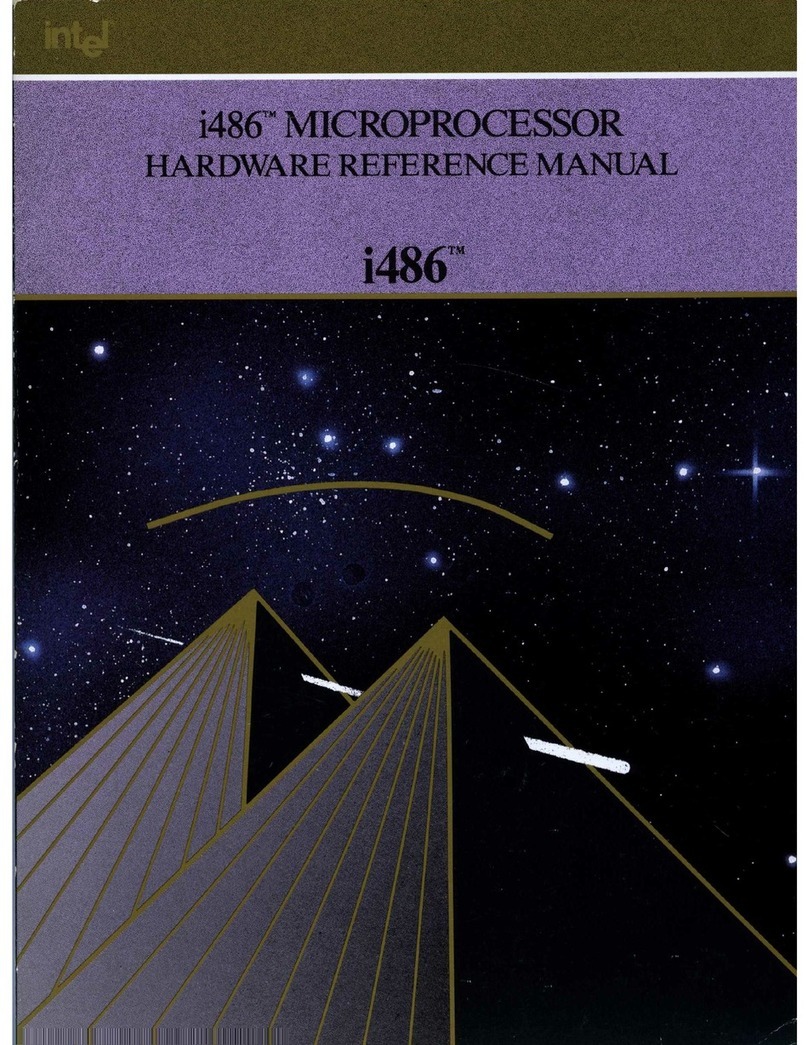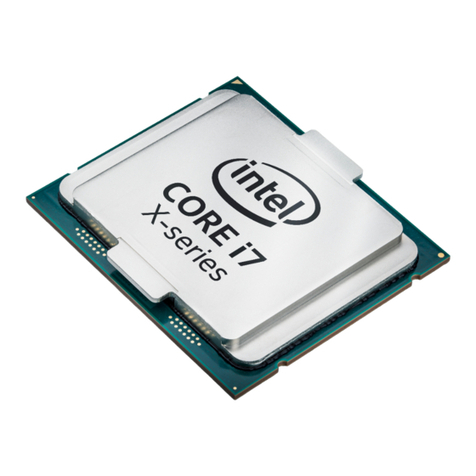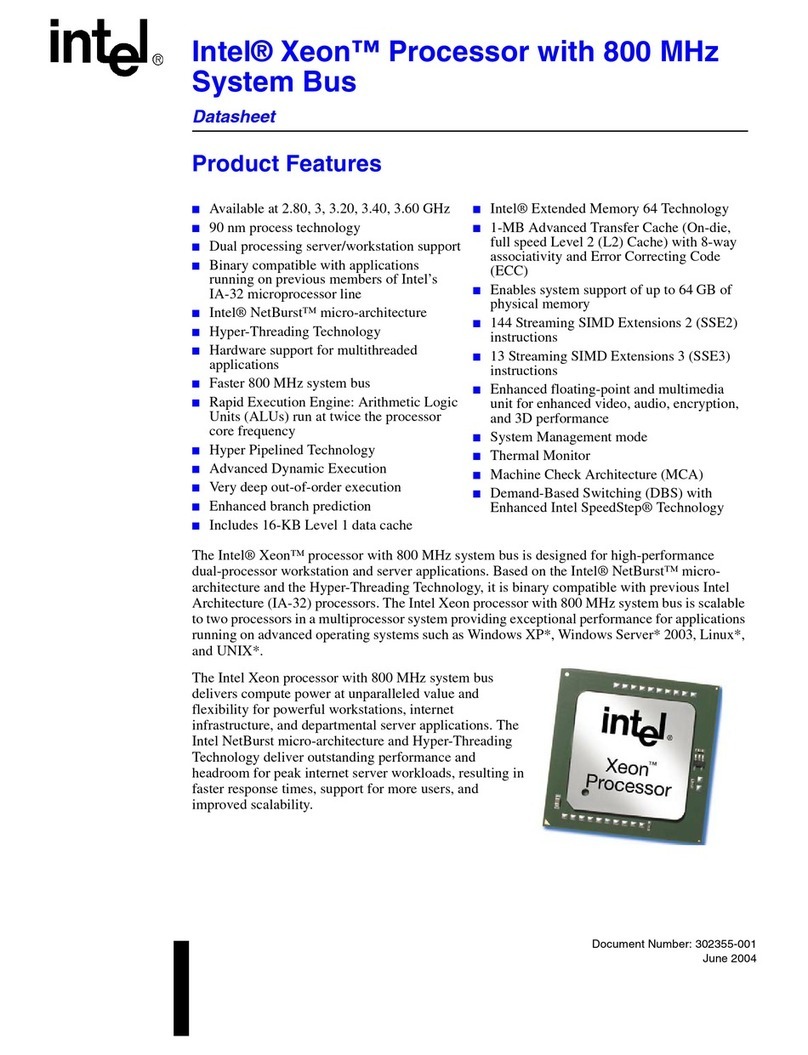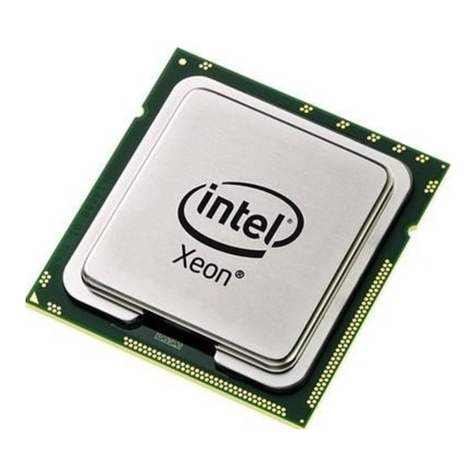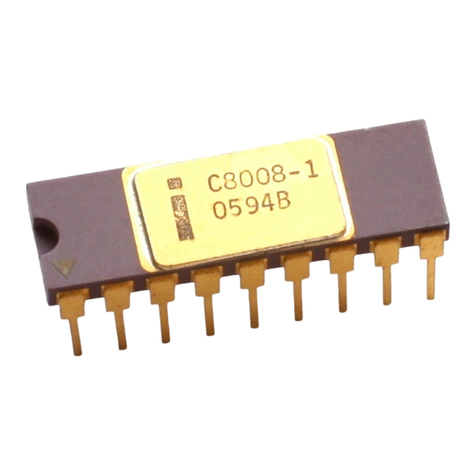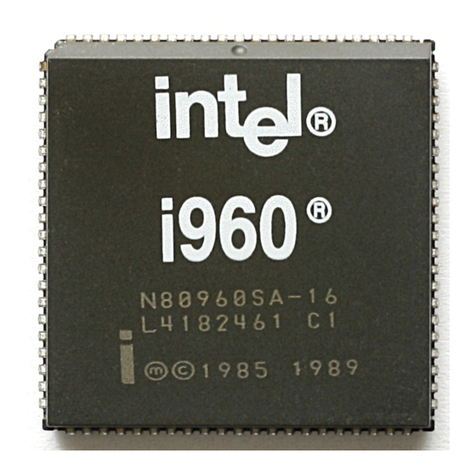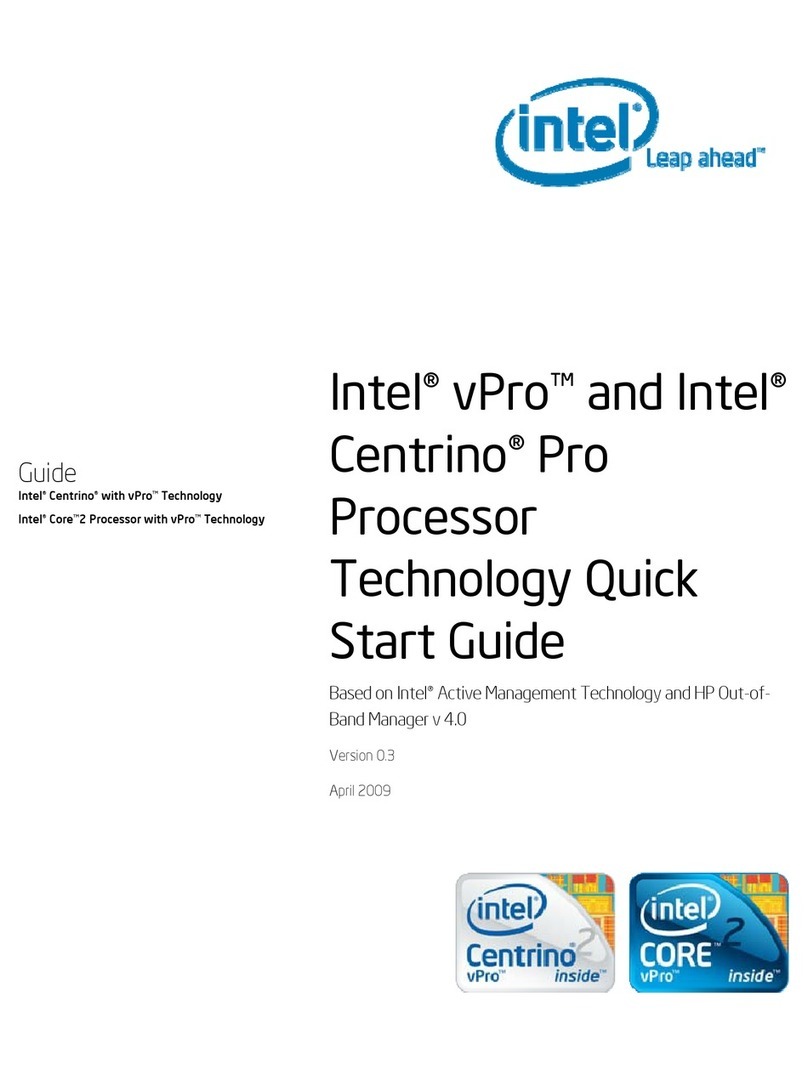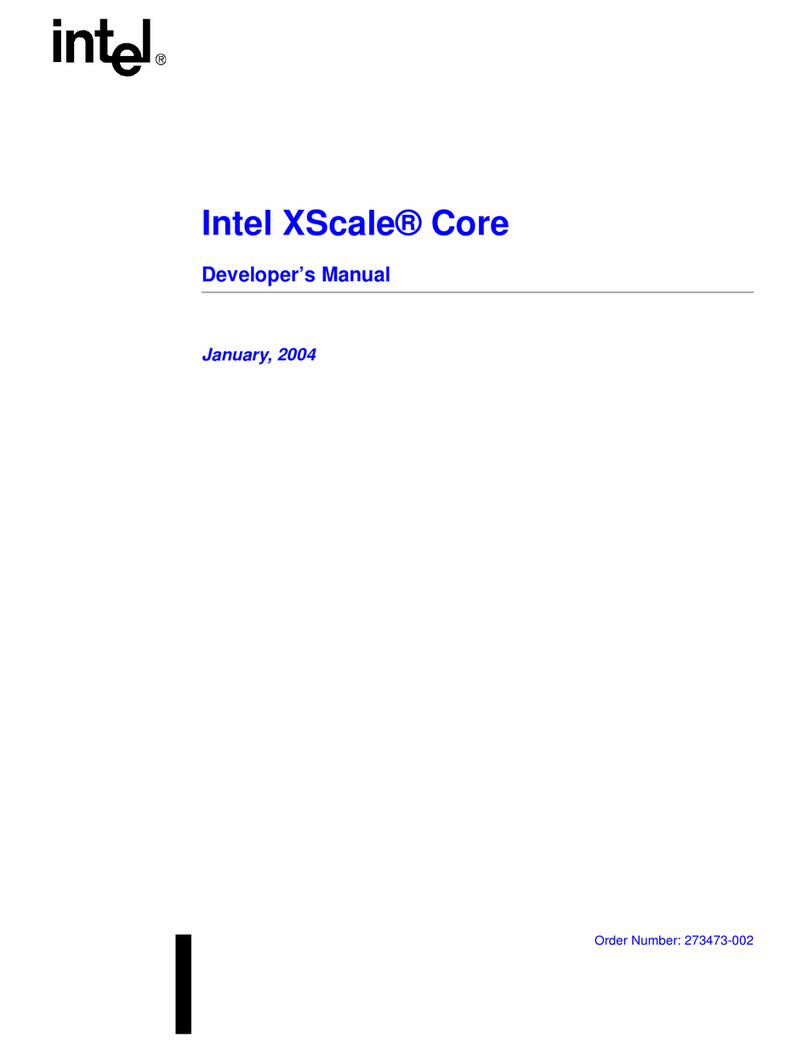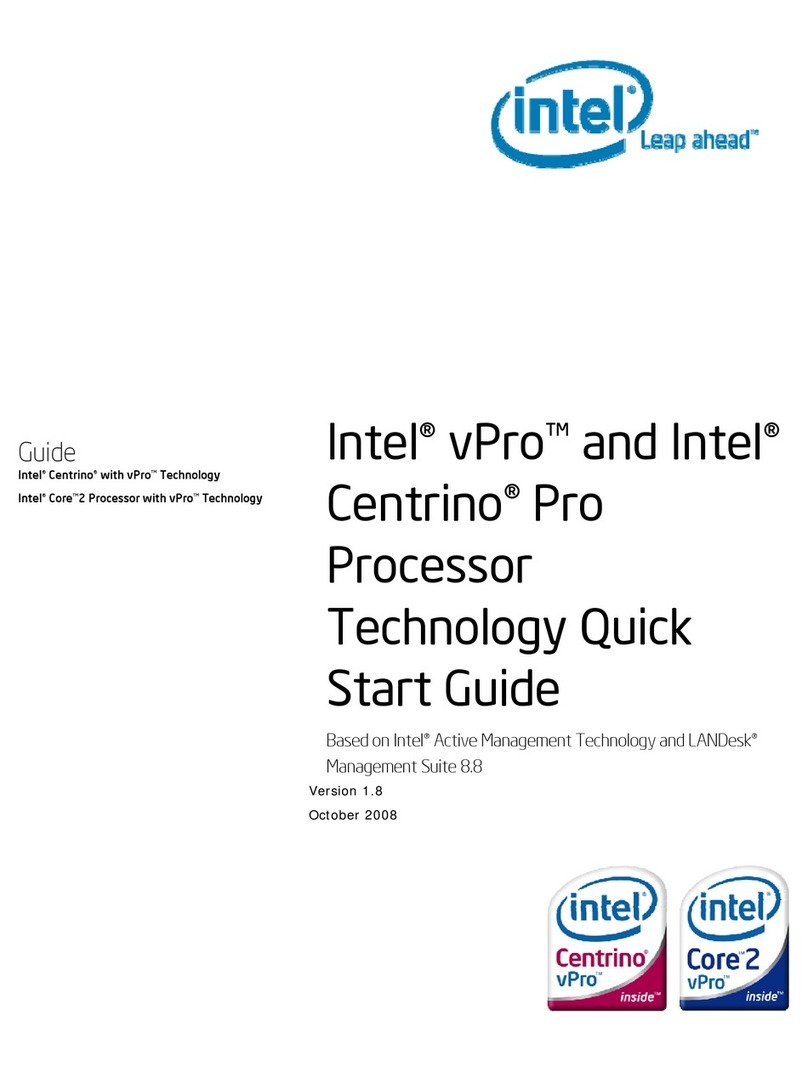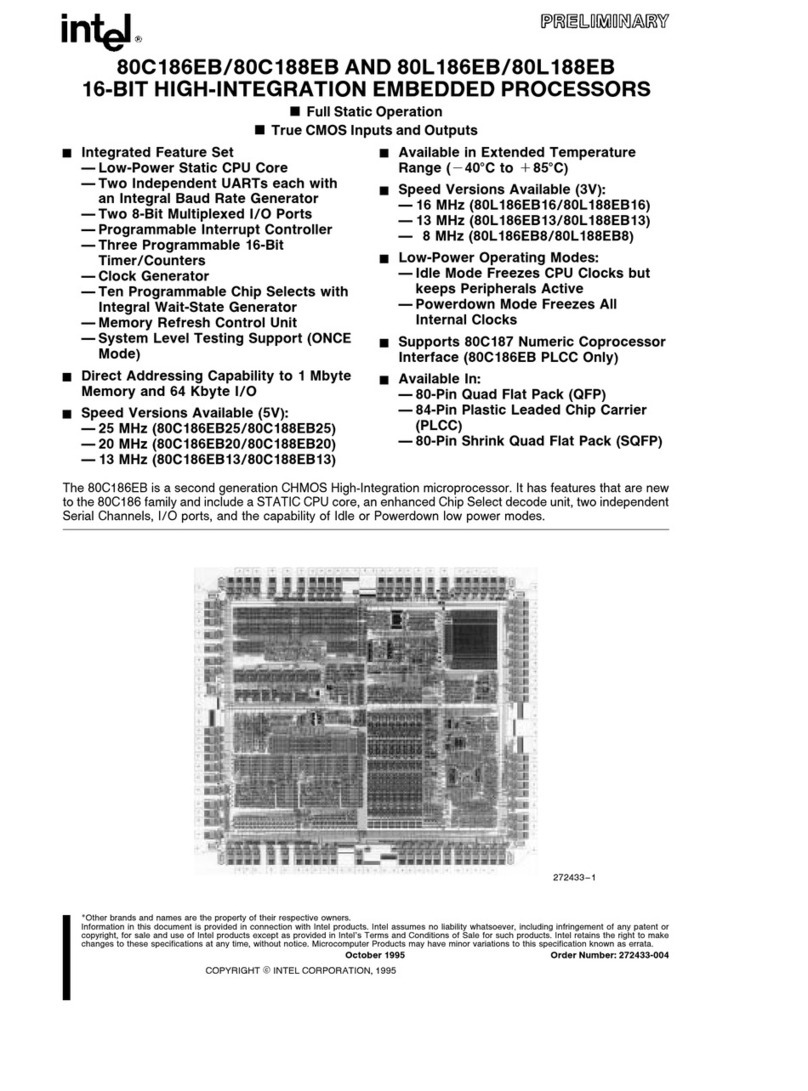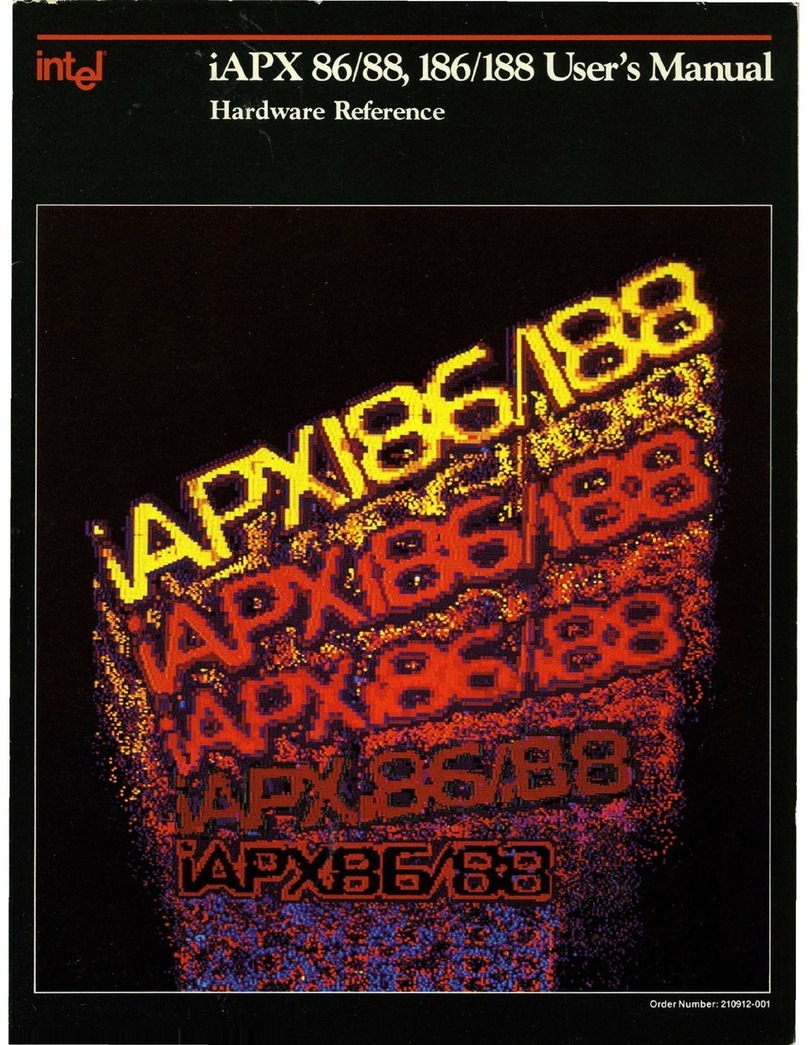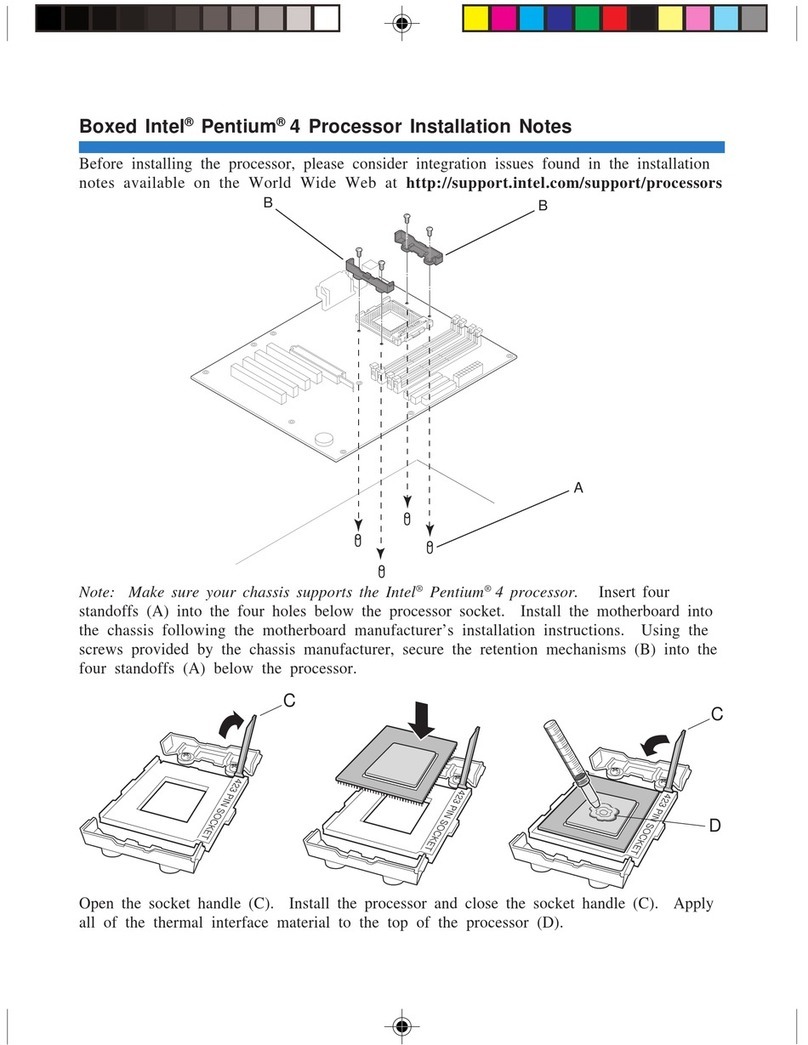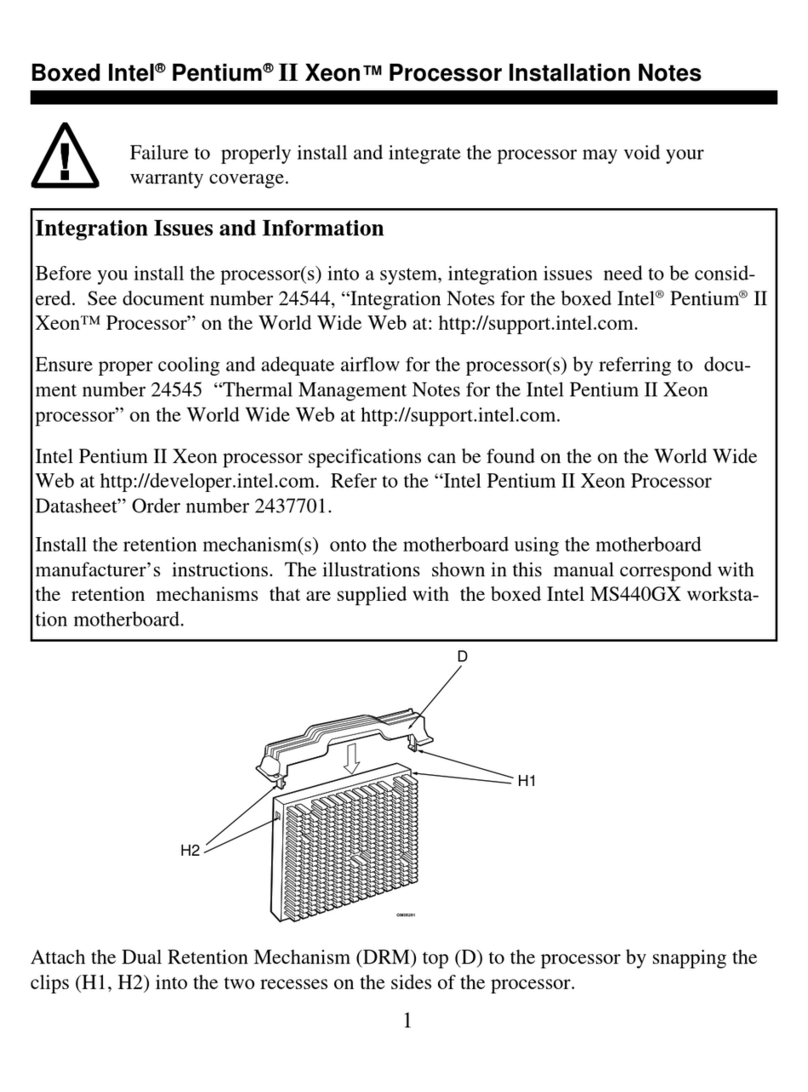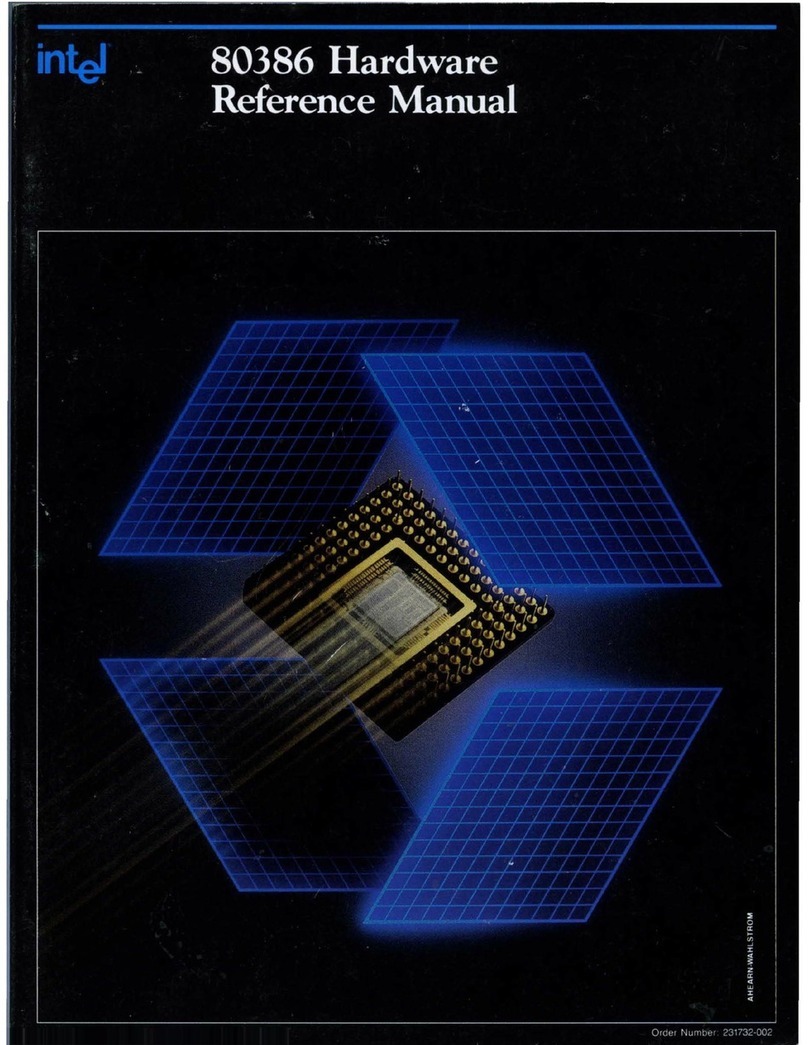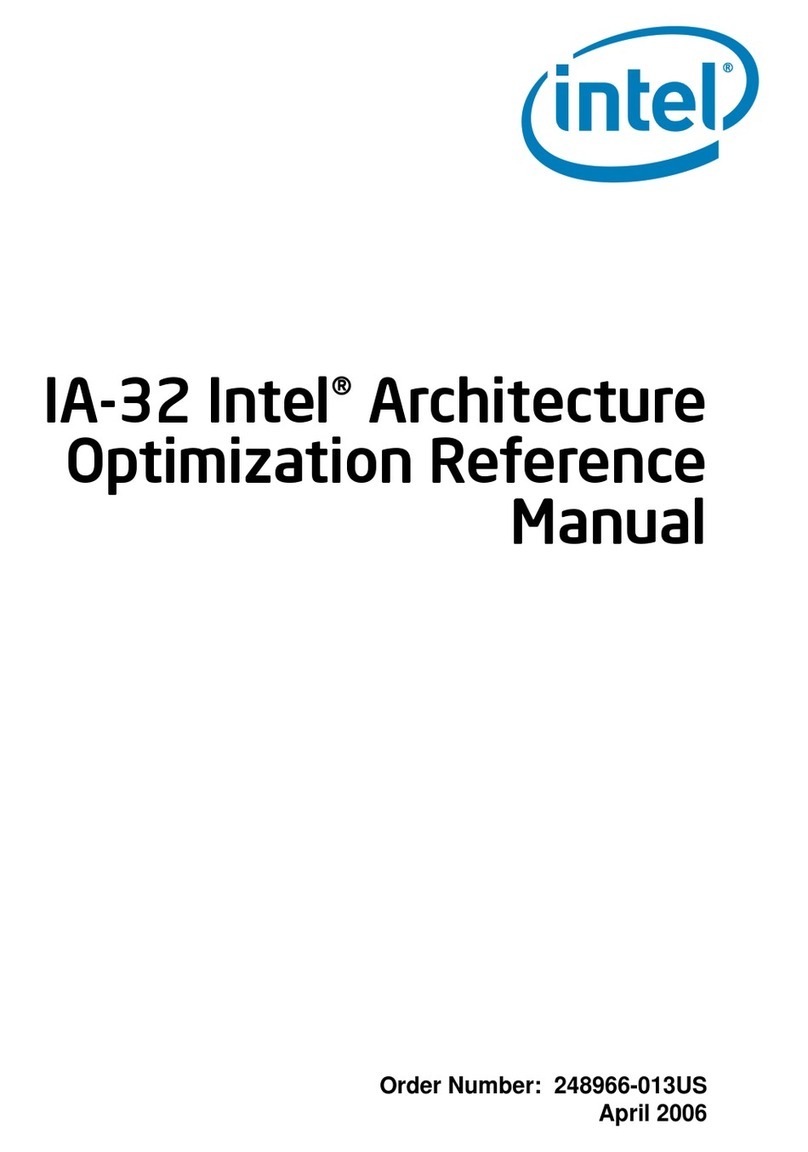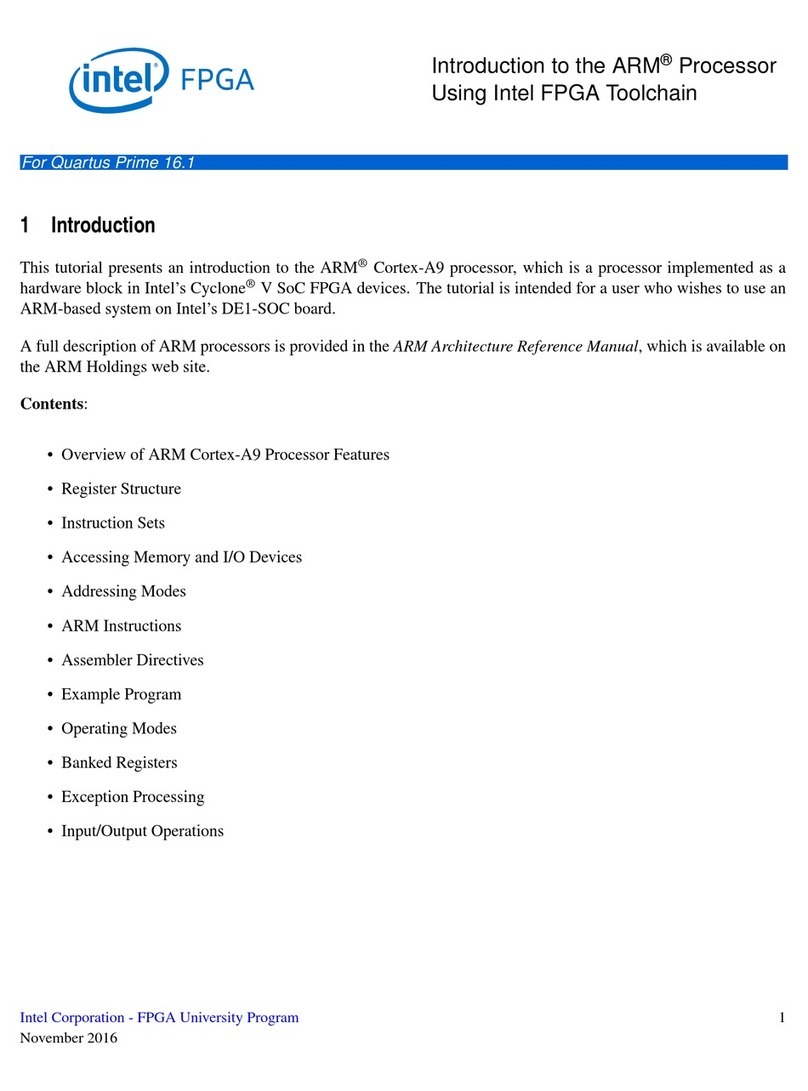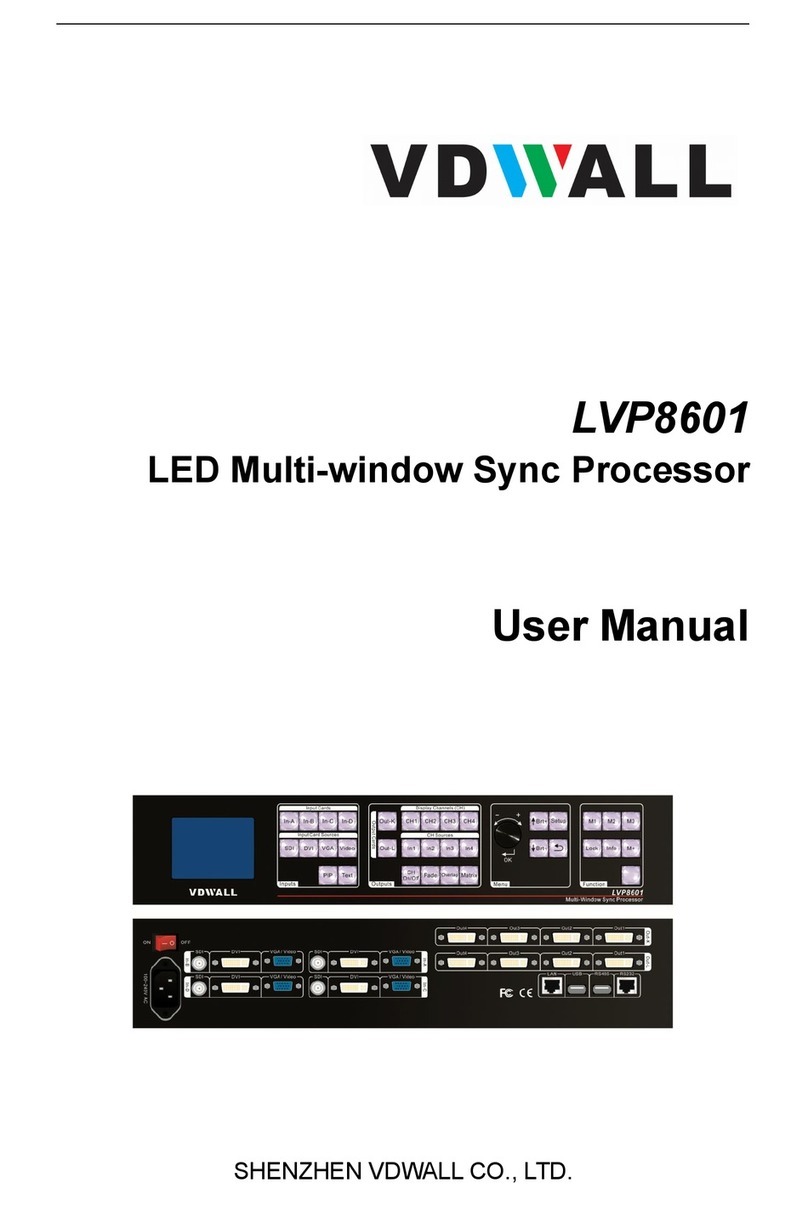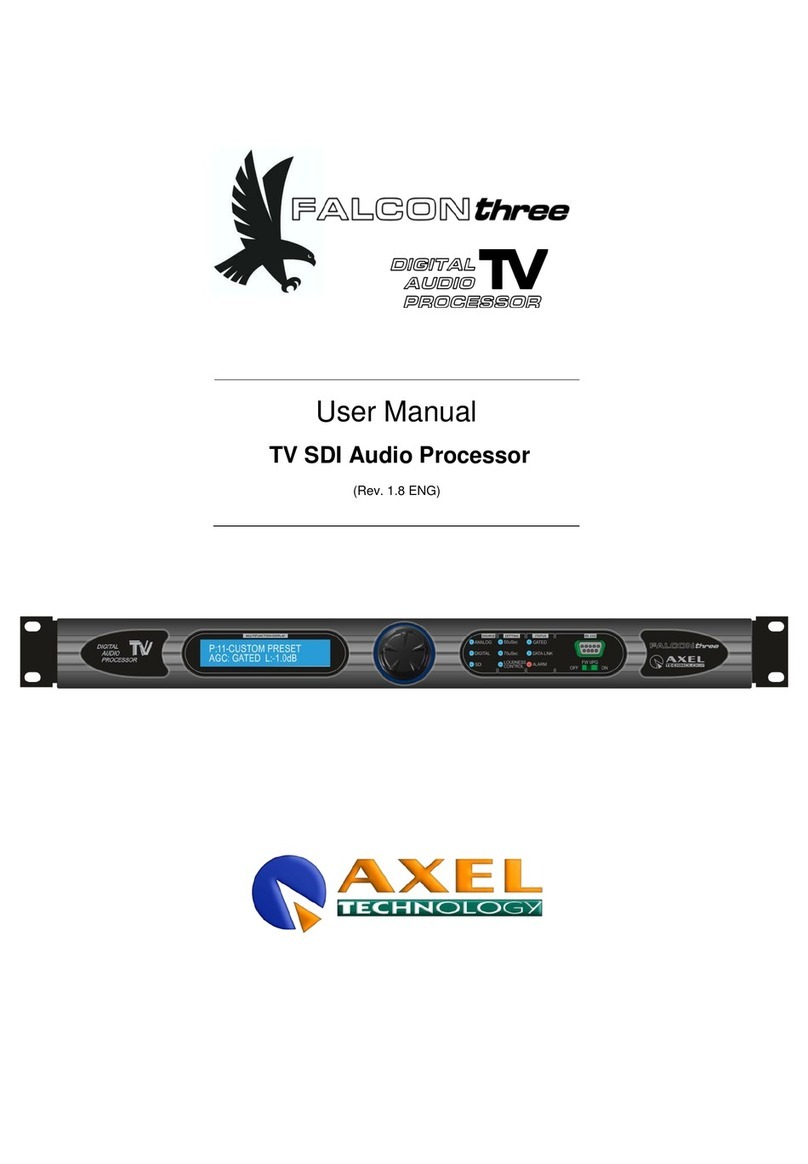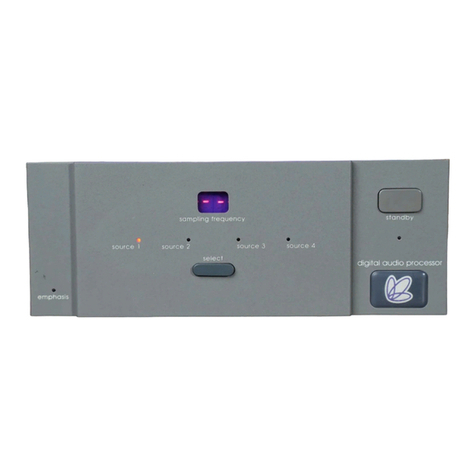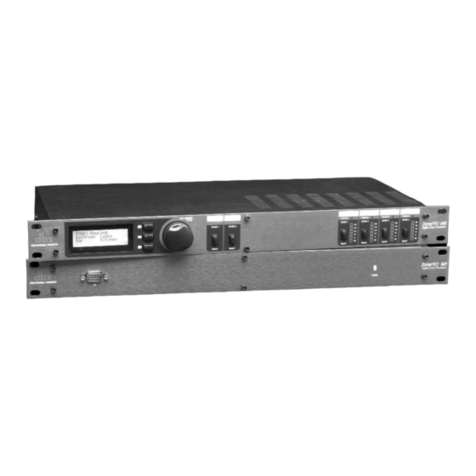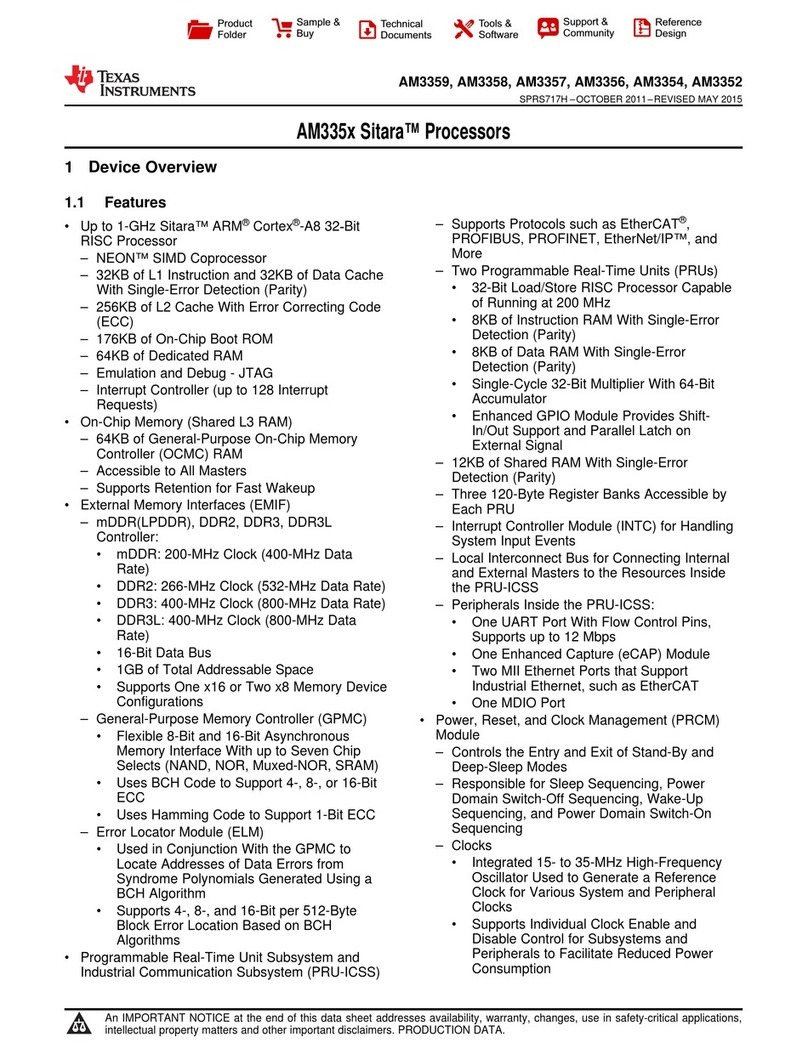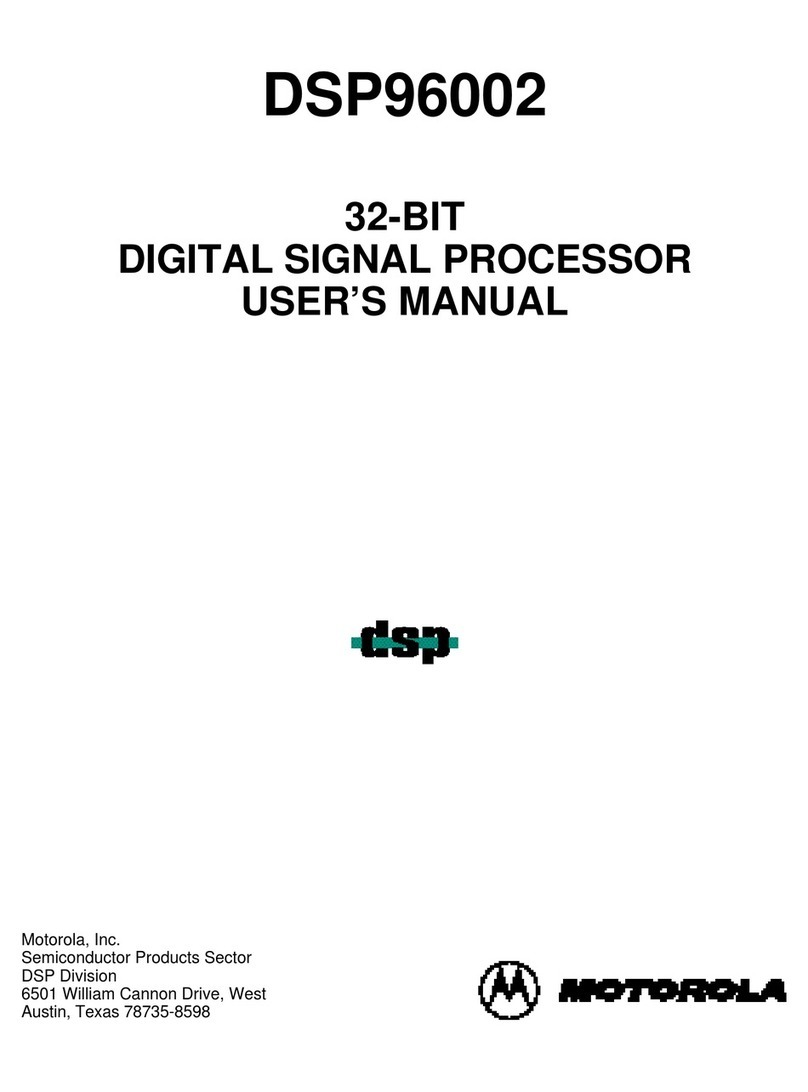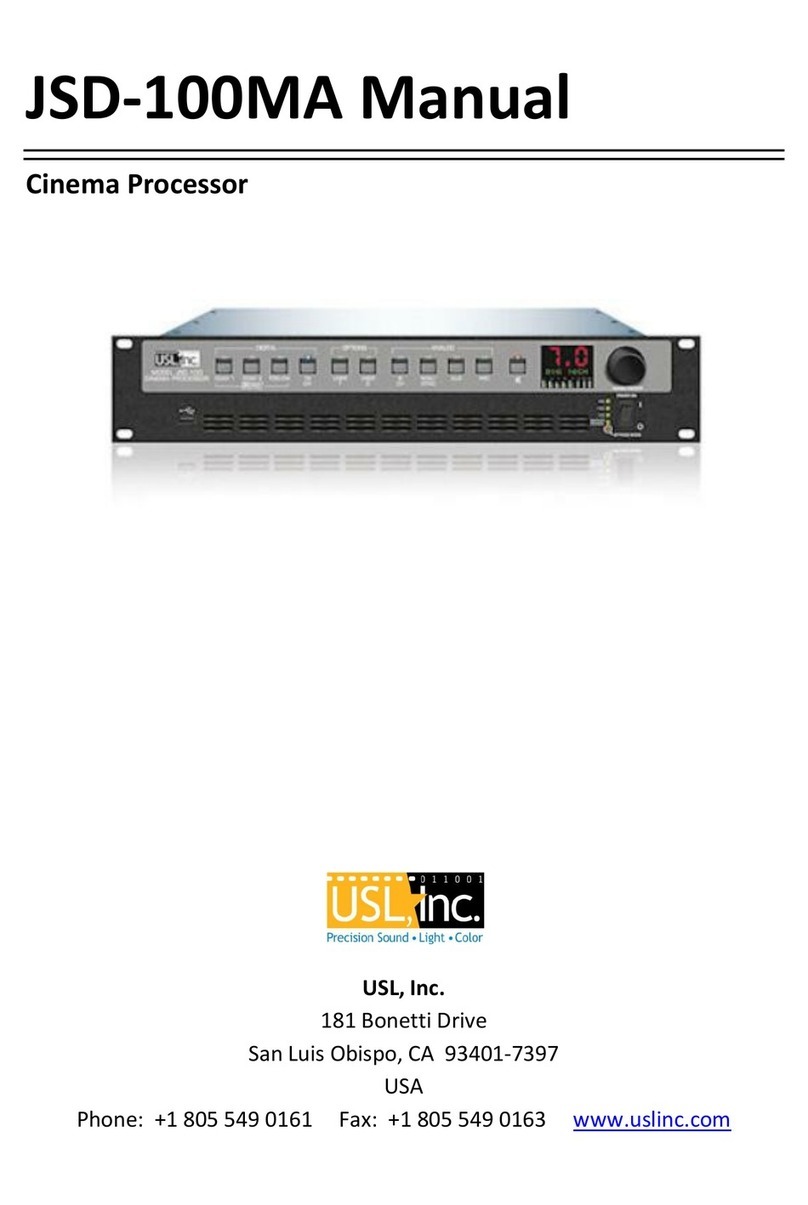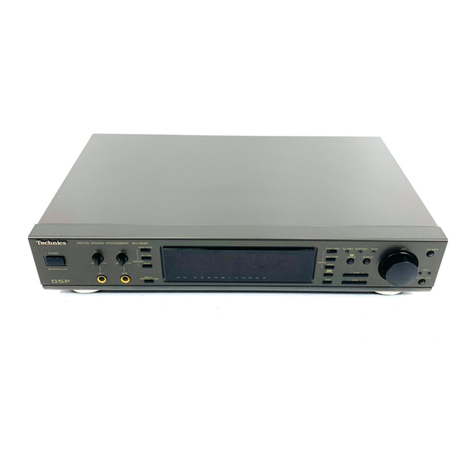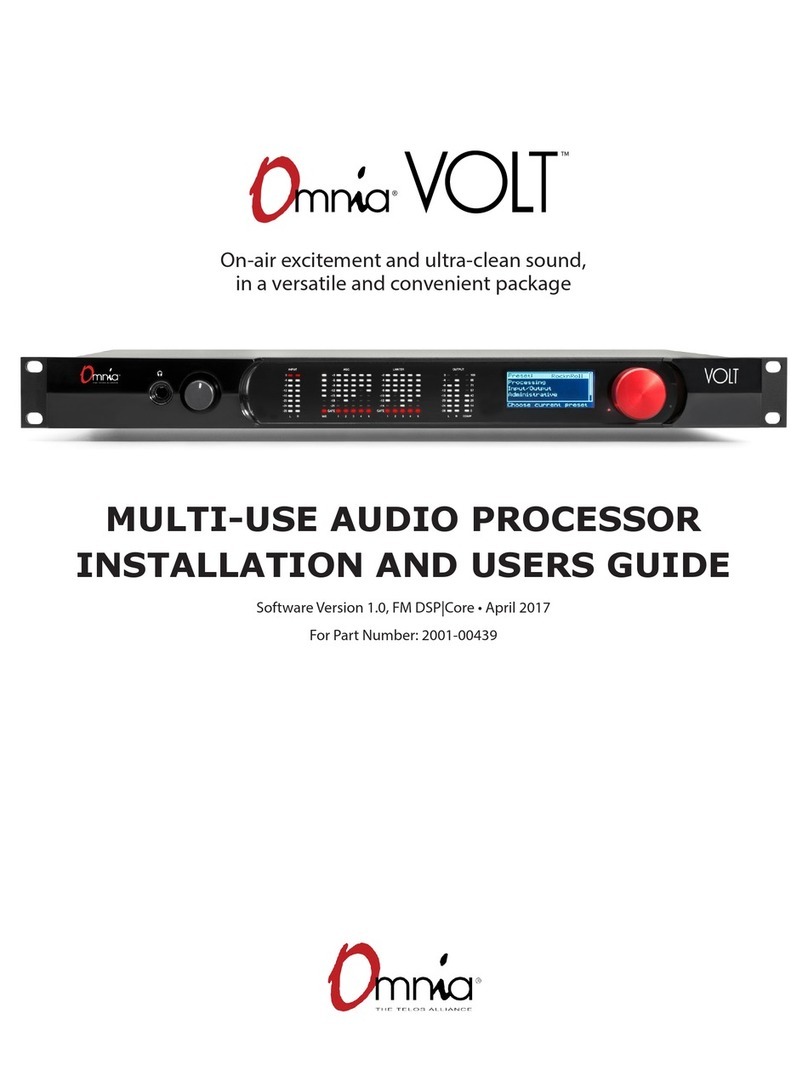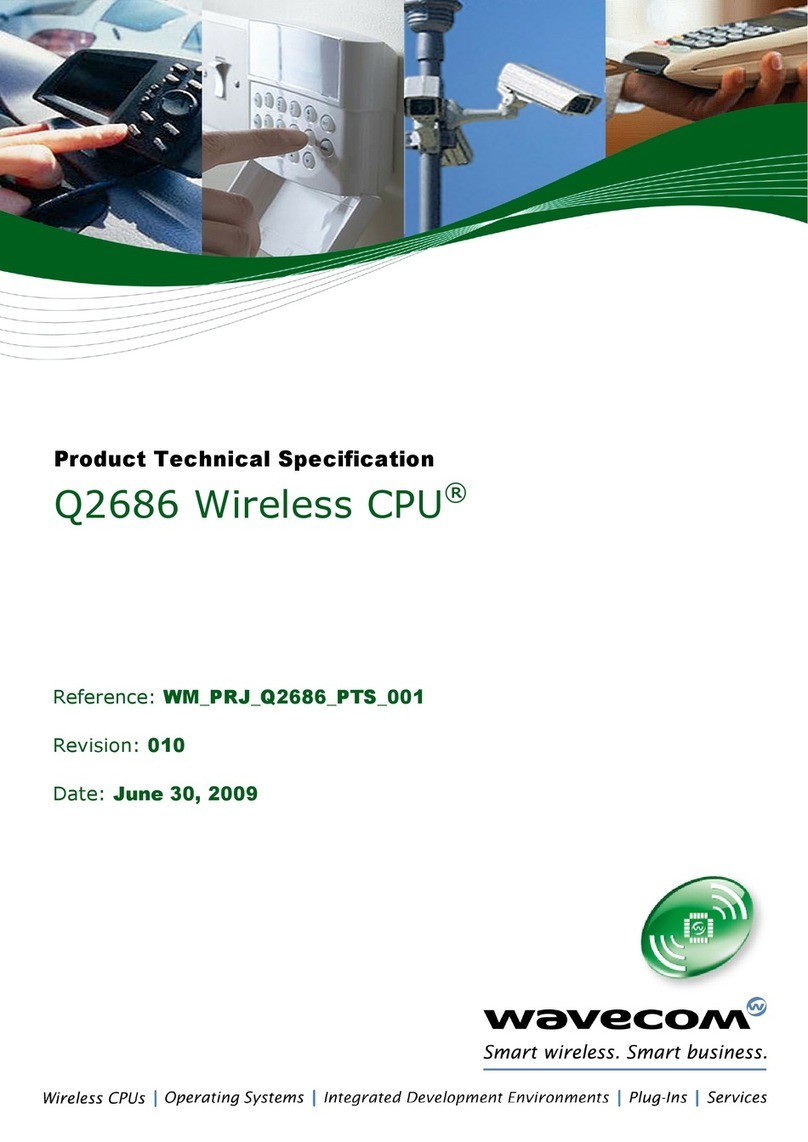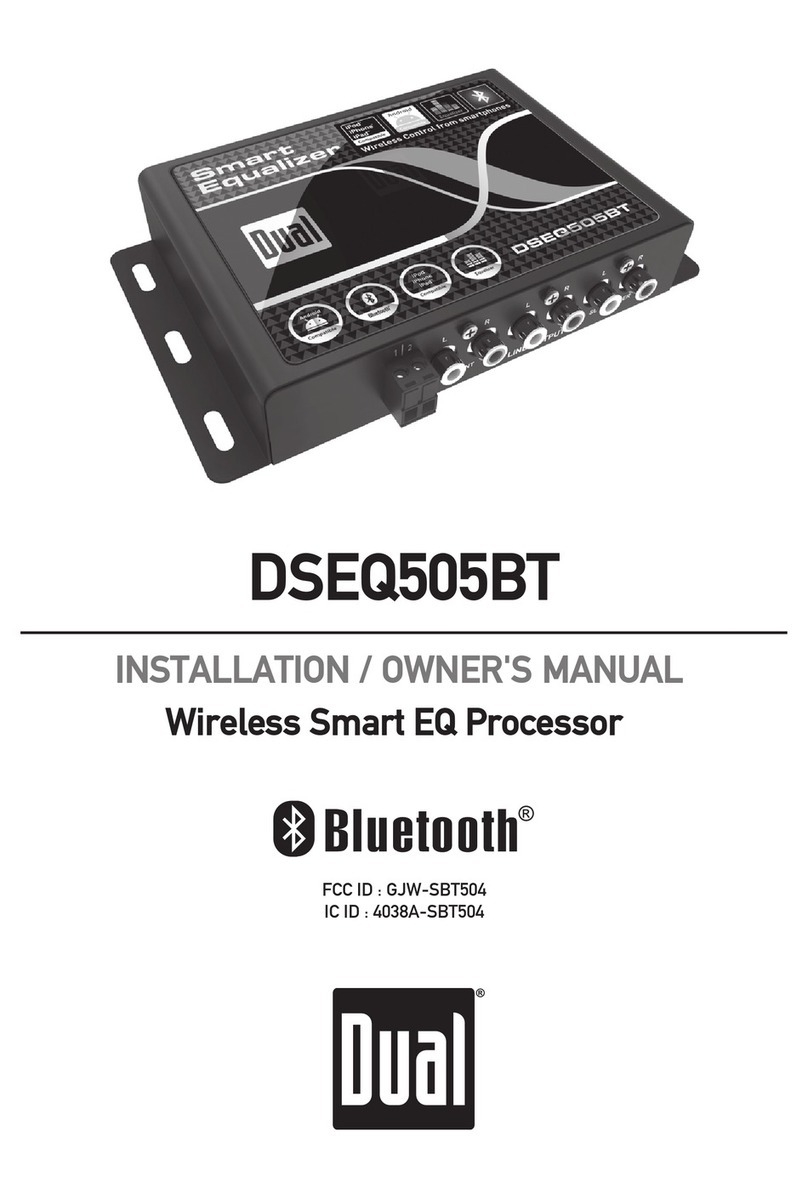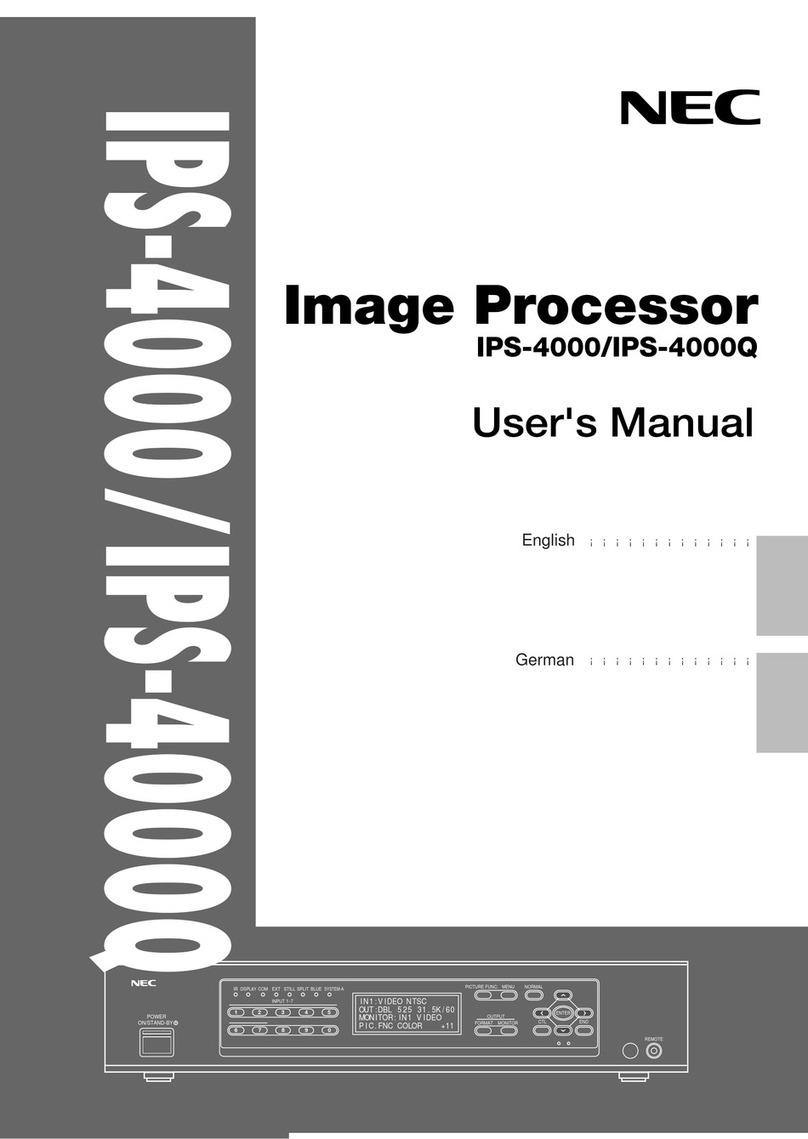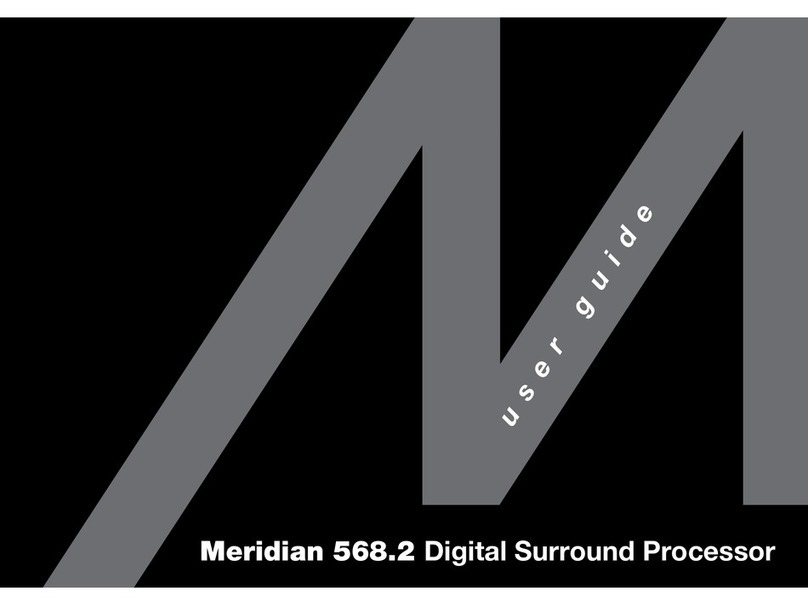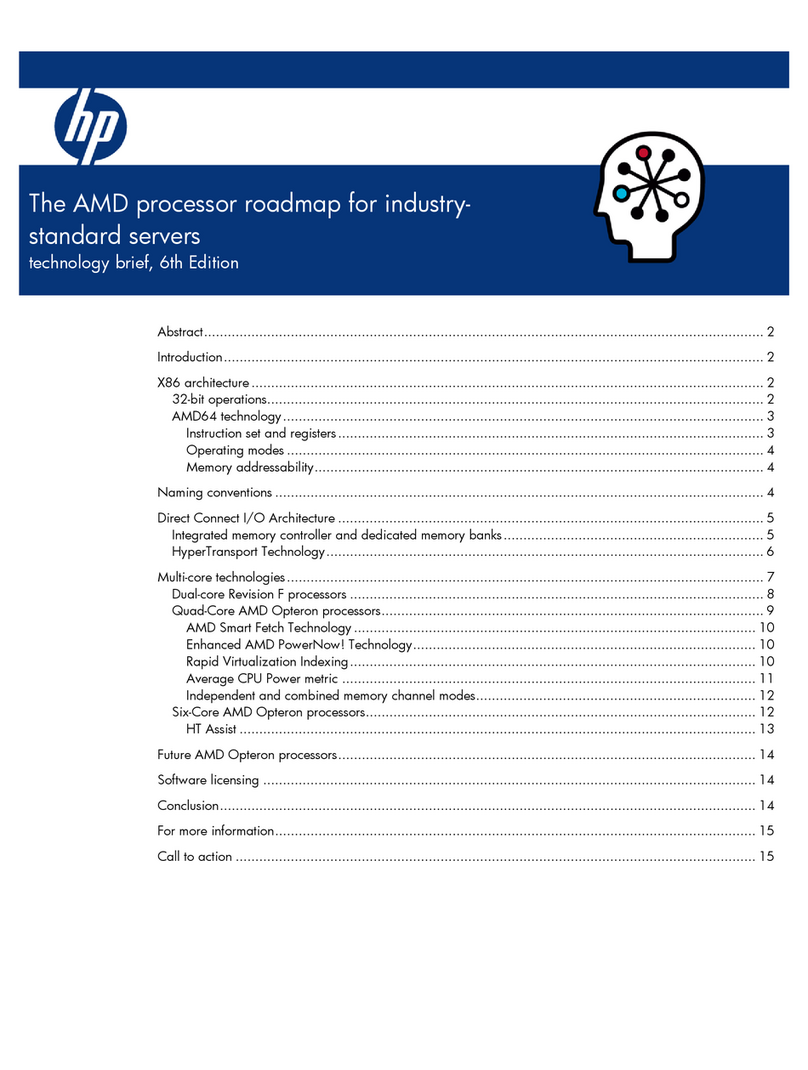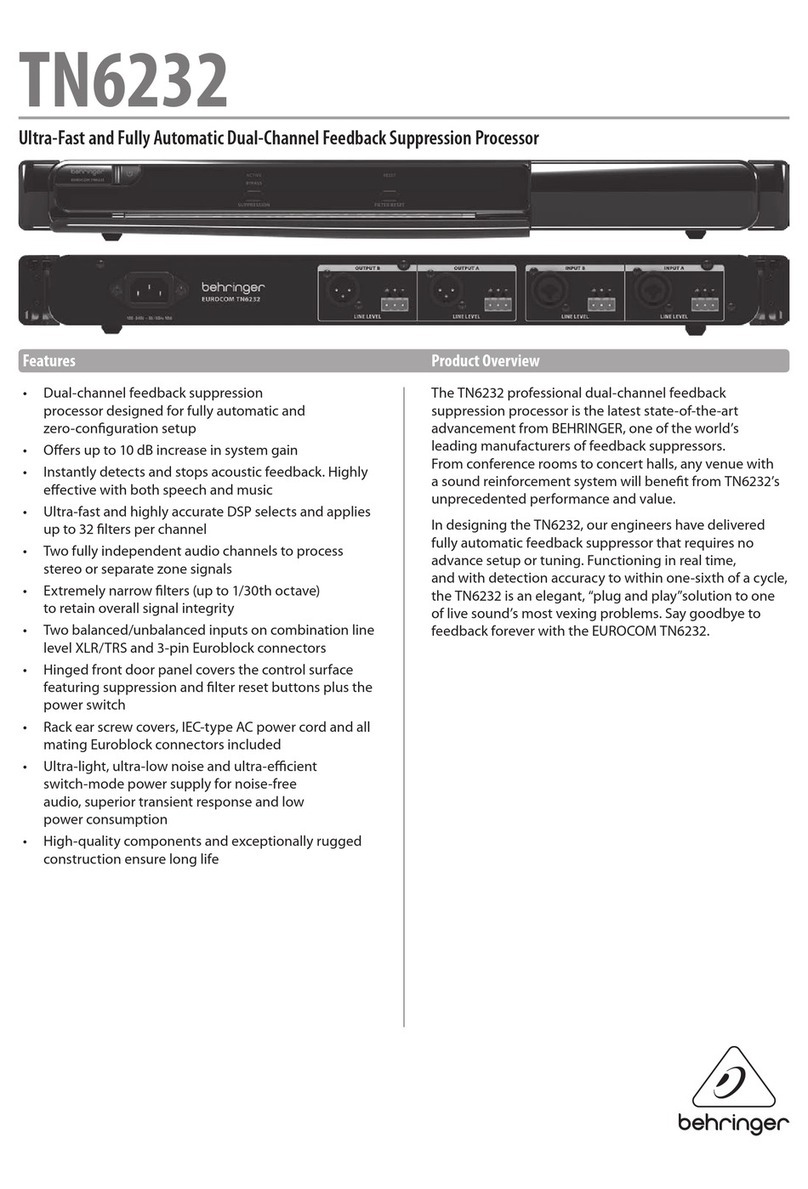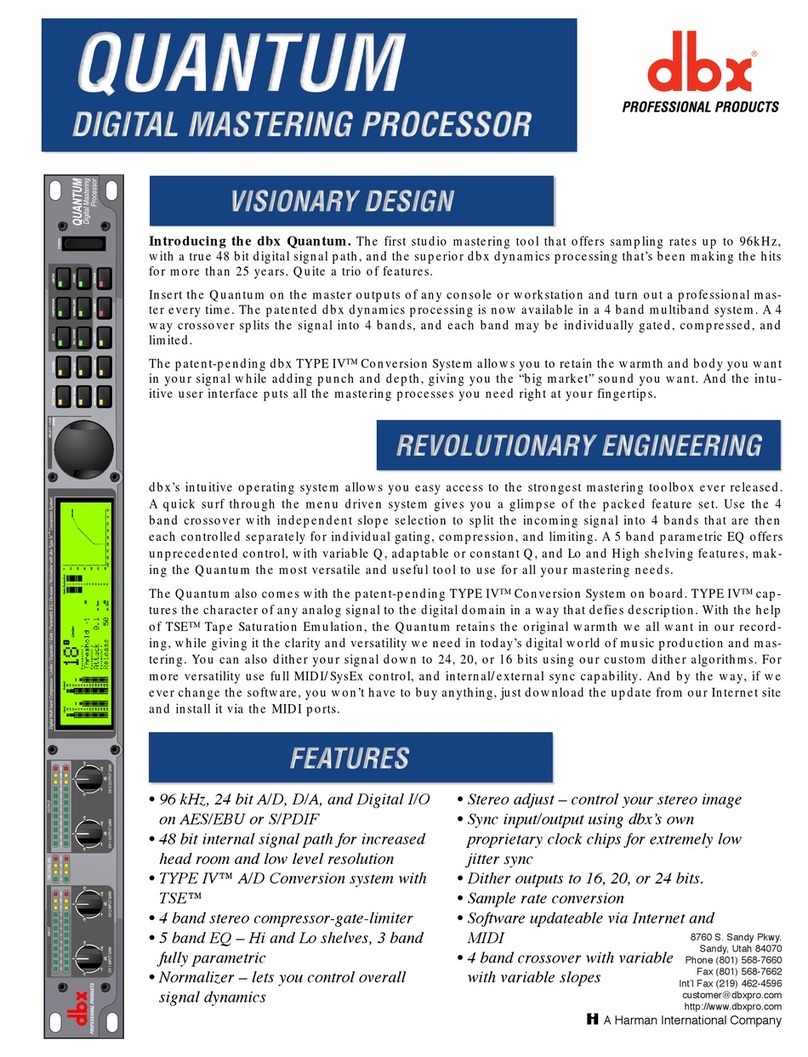
10 Design Guide
6-16 DDR VREF Voltage Regulator............................................................................80
6-17 DDR VREF Voltage Divider ................................................................................80
6-18 DDR VTerm Plane ..............................................................................................81
6-19 DIMM Decoupling................................................................................................82
7-1 Signal Naming Convention on Both Sides of the Hub Interfaces........................83
7-2 Hub Interface 2.0 Length matching.....................................................................86
7-3 Hub Interface 2.0 Routing Guidelines for Device Down Solutions......................86
7-4 Hub Interface 2.0 Routing Guidelines for Hub Interface Connector Solutions....87
7-5 Hub Interface 2.0 with Locally Generated Voltage Divider Circuit ......................88
7-6 Hub Interface 2.0 RCOMP Circuits.....................................................................88
7-7 8-Bit Hub Interface 1.5 Routing...........................................................................89
7-8 Hub Interface 1.5 Locally Generated Reference Divider Circuits........................91
7-9 Hub Interface 1.5 RCOMP Circuits.....................................................................91
8-1 Typical PCI/PCI-X Routing..................................................................................94
8-2 Typical Hot Plug Routing.....................................................................................95
8-3 Hot Plug Clock Configuration..............................................................................96
8-4 No Hot Plug Clock Configuration ........................................................................96
8-5 Loop Clock Configuration....................................................................................97
8-6 IDSEL Sample Implementation Circuit................................................................98
8-7 Manually-Operated Retention Latch Sensor.....................................................101
8-8 Attention Button Implementation.......................................................................102
8-9 Tri-State Buffer Circuit Example........................................................................104
8-10 MUX Circuit Example........................................................................................105
8-11 Single Slot Parallel SMBus Circuit ....................................................................106
8-12 Reference Schematic for Single-Slot Parallel Mode .........................................107
8-13 Dual Slot Parallel SMBus Circuit.......................................................................110
8-14 Reference Schematic for Dual-Slot Parallel Mode............................................111
8-15 Four Slot Stutter Logic Implementation Example..............................................113
8-16 Reference Schematic for Serial Mode ..............................................................114
8-17 M66EN Isolation Switch Solution......................................................................116
8-18 M66EN Diode Solution......................................................................................117
9-1 Combination Host-Side/Device-Side IDE Cable Detection ...............................120
9-2 Connection Requirements for Primary IDE Connector .....................................121
9-3 Connection Requirements for Secondary IDE Connector.................................122
9-4 Example Speaker Circuit...................................................................................123
9-5 PCI Bus Layout Example..................................................................................124
9-6 Suggested USB Downstream Power Connection.............................................126
9-7 Intel® ICH3-S SMBus / SMLink Interface .........................................................127
9-8 Unified VCC_3.3 Architecture ...........................................................................128
9-9 RTCX1 and SUSCLK Relationship...................................................................128
9-10 RTC External Circuitry ......................................................................................129
9-11 RTC Connection When Not Using Internal RTC...............................................129
9-12 A Diode Circuit to Connect RTC External Battery.............................................131
9-13 RTCRST# External Circuit ................................................................................132
9-14 Platform LAN Connect .....................................................................................134
9-15 Point-to-Point Interconnect Guideline ...............................................................135
9-16 LAN_CLK Routing Example..............................................................................136
9-17 Routing a 90 Degree Bend................................................................................137
9-18 Ground Plane Separation..................................................................................139
9-19 Intel®82562ET/EM Termination .......................................................................143
